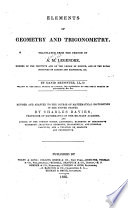 | Adrien Marie Legendre - Geometry - 1836 - 394 pages
...Q±w (Prop. II.). PROPOSITION X. THEOREM. ••• If any number of quantities are proportionals, any one antecedent will be to its consequent, as the sum of all the antecedents to the sum of the consequents. Let M : N : : P : Q : : R : S, &c. then will M : N : : M + P + R : N... | |
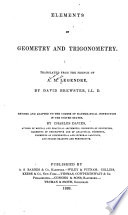 | Adrien Marie Legendre - Geometry - 1838 - 382 pages
...N±»» : Q±ra (Prop. II.). PROPOSITION X. THEOREM. If any number of quantities are proportionals, any one antecedent will be to its consequent, as the sum of all the antecedent* to the sum of the consequents. Let M : N : : P ; Q : : R jj^ dcc^then will M : N : : M... | |
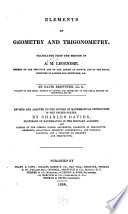 | Adrien Marie Legendre - Geometry - 1838 - 372 pages
...N±m : Q±w (Prop. II.). PROPOSITION X. THEOREM. If any number of quantities are proportionals, anyone antecedent will be to its consequent, as the sum of all the antecedents to the sum of the consequents. Let M M M N N N N F : Q R fcclhen will : : M + P + lt : N + Q+S : :... | |
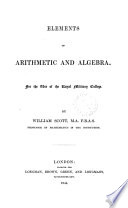 | William Scott - Algebra - 1844 - 568 pages
..... ._ a_a+c_a + c+e_ •'• b+d+f+h. . .~?~6~6+3~4+</+/~' ScWhence in every series of equal ratios the sum of all the antecedents is to the sum of all the consequents as one antecedent, a, is to its consequent A, or as a sum of antecedents, a+c, a+c+e, &c., is to a... | |
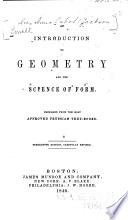 | Anna Cabot Lowell - Geometry - 1846 - 216 pages
...This is called a continued proportion, being a series of equal ratios. In every continued proportion the sum of all the antecedents is to the sum of all the consequents as one antecedent is to its consequent. Therefore AB + BC + CD+DE + EA : ab+bc + cd -f- de-\-ea= AB... | |
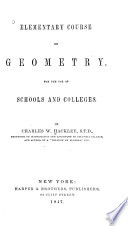 | Charles William Hackley - Geometry - 1847 - 248 pages
...— . mA. A THEOREM L. If any number of quantities be proportional, then any one of the antecedents will be to its consequent as the sum of all the antecedents is to the sum of all the consequents. Let A : B : : mA : mB : : wA : nB, &c. ; then will A : B : ; A + mA + nA : B + mB + nB, &c. B + mB... | |
 | Joseph Ray - Algebra - 1848 - 250 pages
...continued proportion, that is, any number of proportions having the same ratio, any one antecedent is to its consequent, as the sum of all the antecedents is to the sum of all the consequents. Let a : b : : c : d : : m : n, &c. Then will a : b : : a+c+m : b+d+n ; Since a : 6 : : c : d, we have... | |
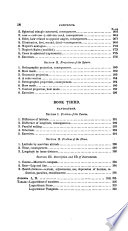 | George Clinton Whitlock - Mathematics - 1848 - 338 pages
...a' : с : : a" : c" : : &.C., .'. PROPOSITION V. If any number of couplets have the same ratio: (41) The sum of all the antecedents is to the sum of all the consequents, as any one antecedent to its consequent. We should also have ± a =fc a ± a" ± ... : ± с ± c'... | |
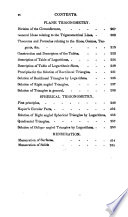 | Charles Davies - Trigonometry - 1849 - 372 pages
...or, M x (Q±n) =P x (N±m): PROPOSITION X. THEOREM. If any number of quantities are proportionals, any one antecedent will be to its consequent, as the sum of all the antecedents to the sum of the consequents. Let M : N : : P : Q : : R jj^ &c^then will M : N : : M + P + R : N +... | |
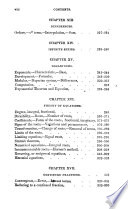 | Stephen Chase - Algebra - 1849 - 348 pages
...by ; al= bL .-. (§ 233) a+e+g-\-k : b+f+h+l—a :b = e:f, &c. Hence, In any number of equal ratios, the sum of all the antecedents is to the sum of all the consequents as any one of the antecedents is to its consequent. Thus, if 1:2 = 3:6 = 4:8 = 5: 10, then 1+3+4+5... | |
| |